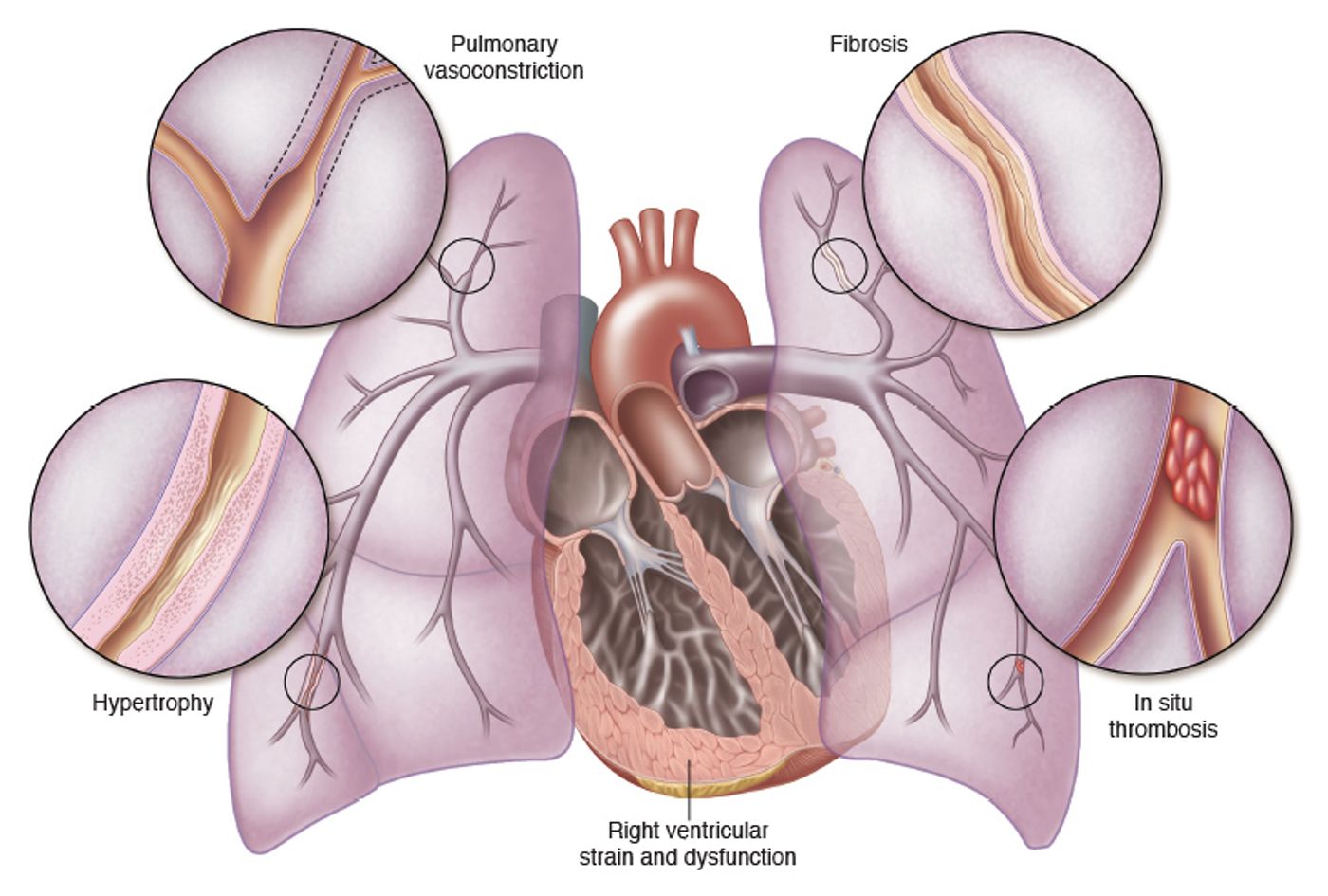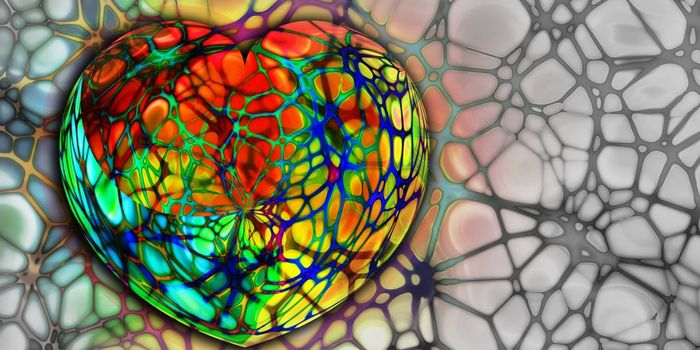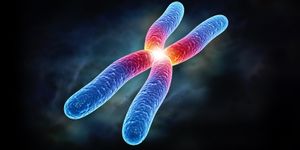Pulmonary arterial hypertension (PAH), a disease without a cure that a thousand new Americans every year, requires numerous treatments per day to prevent the disease from getting worse (
NIH). Together with the Pharmacy and the Chemical Biomolecular Engineering Departments of the National University of Singapore (NUS) and the Agency for Science, Technology, and Research (A*STAR), scientists have introduced a potentially life-changing treatment option that requires significantly less effort to administer daily.
Dr. Aparna Saigal and her team of researchers have produced “controlled release microspheres” as a new alternative treatment for PAH. This disease is passed down through generations in an autosomal dominant pattern of inheritance, and the condition is characterized by hypertension in the pulmonary artery caused by increased resistance and increased pressure due to the narrowing of small arteries (
NIH).
Currently, PAH is treated either with intravenous infusions or inhalation solutions, both which have to be administered 6-9 times per day. To overcome limitations surrounding medication compliance, Saigal and her team wanted a treatment that did not require the patient to remember to administer it multiple times per day.
The microspheres Saigal created “release modifiers that reside in the lung” and is “released slowly and consistently.” Thus, the patient could potentially only be required to administer medication once or twice a day, improving the chance that they will receive all of the medication their condition requires on a daily basis.
Source:
Bentham Science Publishers









